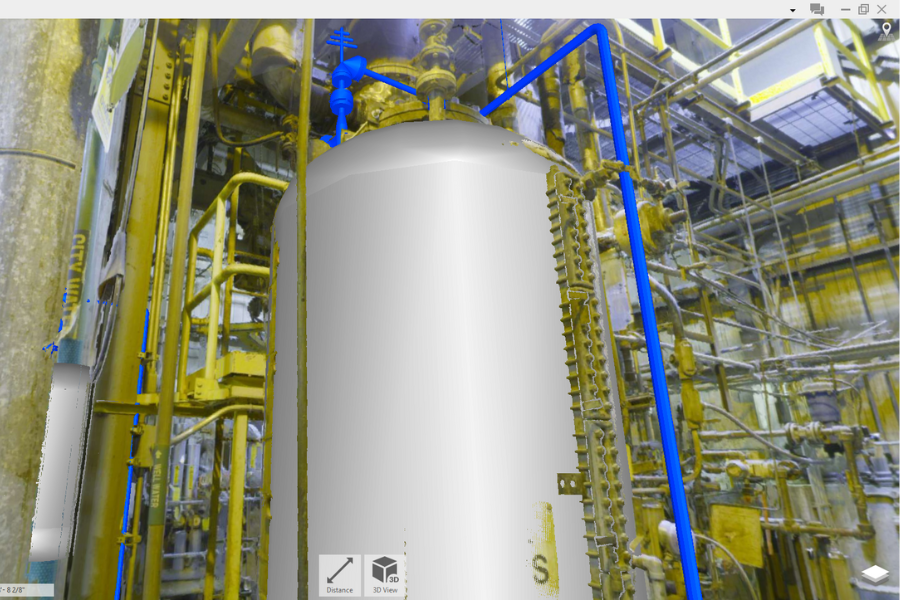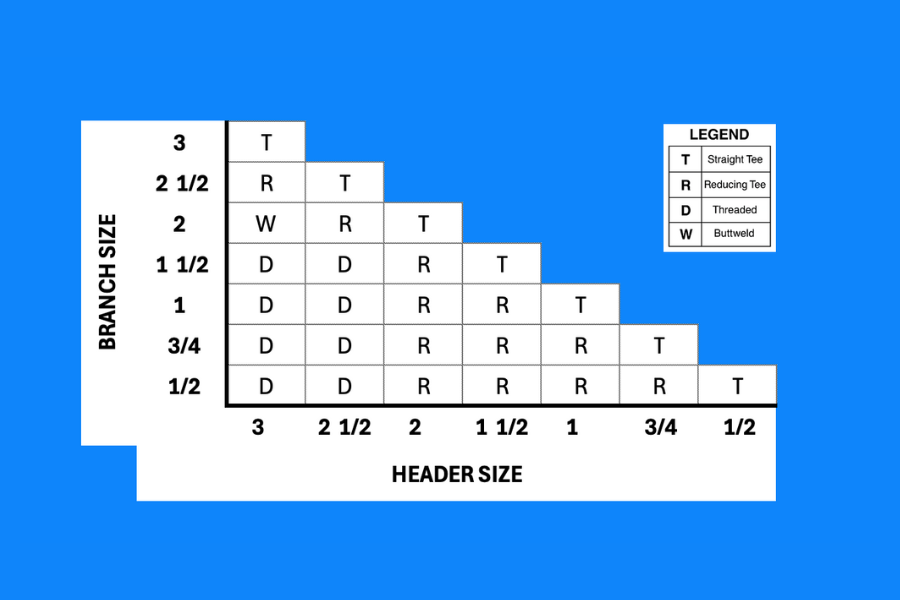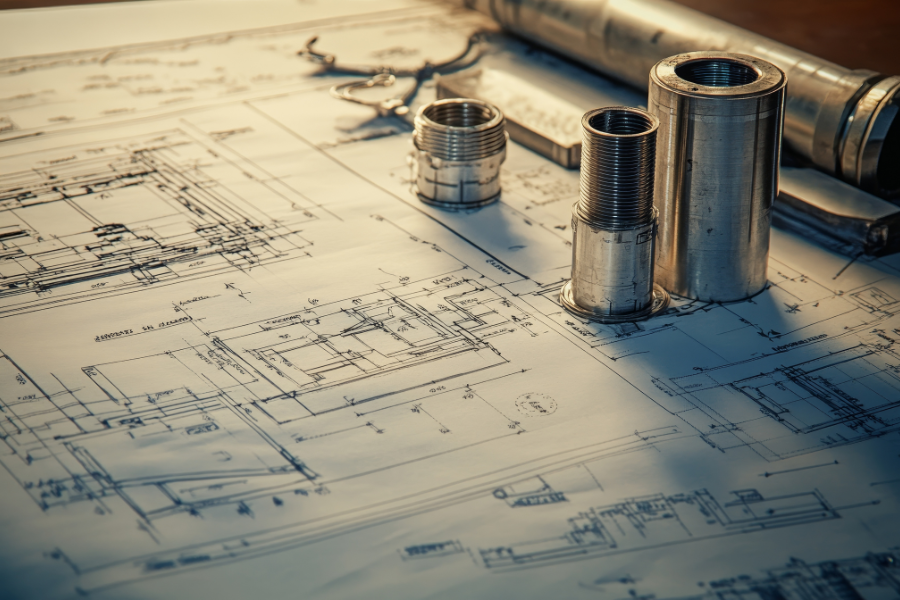During industrial construction projects, even the smallest of mistakes can quickly turn into a high-cost, high-risk fix. At C-P Systems, we’ve leveraged 3D laser scanning technology to mitigate these issues and provide plant designers with significantly more precise measurements. The result: projects that are completed safer, quicker, and for less money, with better data and the ability to fabricate piping in the shop instead of the field.
So, how does laser scanning work? We’re breaking down the details to give you a closer look at the laser scanning process, plus an overview of the many benefits of using this technology for mapping out industrial sites.
How the Terrestrial (Tripod-Mounted) 3D Point Cloud Laser Scanner Brought Innovation to Industrial Design
It’s not just industries themselves that have come a long way in the past several decades. Our methods of building and planning have greatly improved too, and thanks to 3D laser scanning, the collection of data and the creation of hyper-accurate factory and plant models is possible.
Industrial sites—including manufacturing, chemical, and industrial plants—are large spaces with unique structural complexities. And in the past, plant engineering could only be performed using hand-drawn or computer fabricated as-built plans that weren’t able to capture the actual installed location of structural pieces. In addition to initial installation inaccuracies, pipes, steel, and existing equipment can and do warp and shift over time. Additionally, field modified piping,supports, and conduit are rarely updated within an organization’s 3D model. Failure to account for these abnormalities leads to poorly designed process systems, generally requiring field modifications.
With 3D laser scanning, engineers can bypass the drawbacks of previously inaccurate as-built methods, and instead work off of true-to-form plans that convey the site exactly as it looks at the moment. This innovation saves time and money.
Our 3D Laser Scanning Process
We use a Leica RTC360 3D Laser Scanner to take scans at up to two million points per second. This state-of-the-art piece of laser scanning equipment allows us to be accurate to 1.9 mm at 10 meters and 5.3 mm at 40 meters, and is used with a specialized tripod that can elevate it to better scan piping and equipment that cannot easily be seen from the ground.
The number of scans performed depends on the size of the site. A typical industrial site will require between 30 and 40 scan setups, including multiple setups in certain areas when necessary to avoid blind spots or shadows. A larger than average industrial site may require up to 100 scans—or more.
As for the scans themselves, our equipment produces what is called a point cloud, which is a unit-by-unit replication of the space, including any structures within it. From there, engineers can produce comprehensive and exact models of the site, from pipes and staircases to machinery and utilities.
Major Benefits of Laser Scanning Services and Modeling
As-built drawings and models can’t compete with the accuracy of 3D laser room scans. Issues that previously would have been identified during construction are now avoided entirely, leading to safer and more cost effective industrial improvements.
Our terrestrial laser scan process captures every detail within a space down to the most subtle of variations that conventional methods tend to miss—think unlevel floors and slight bends in pipes. This means that there’s no guesswork in the design process and engineers are able to avoid design and operational issues that can seriously derail major systems.
3D laser scanning creates models that reduce time in the field by 80% while also minimizing project reschedules. It also leads to cheaper and safer installs. All of this is critical in plants, factories, and other industrial sites, where errors due to cost-cutting, tight schedules, or incorrect data can put workers at serious risk.
Even more benefits can be found by looking at the ability of laser scanning to help industrial engineers keep up with safety, health, and environmental regulations. Scans provide measurements without the need for extensive on-site exposure and also provide data that facilitates shop fabrication. Fabrication can occur off-site with confidence, and then later installed with ease and accuracy. Other as-built options simply can’t compete.
No job is too big or small for our laser scanning equipment, and no model is too complicated. Our team of experienced and expert engineers is highly skilled in cutting-edge laser scanning methods, all backed by company best practices based on more than 25 years of success producing as-built measurement models. We encourage you to learn more about C-P Systems and what we can do, and to contact our team today for assistance on your next engineering project.



